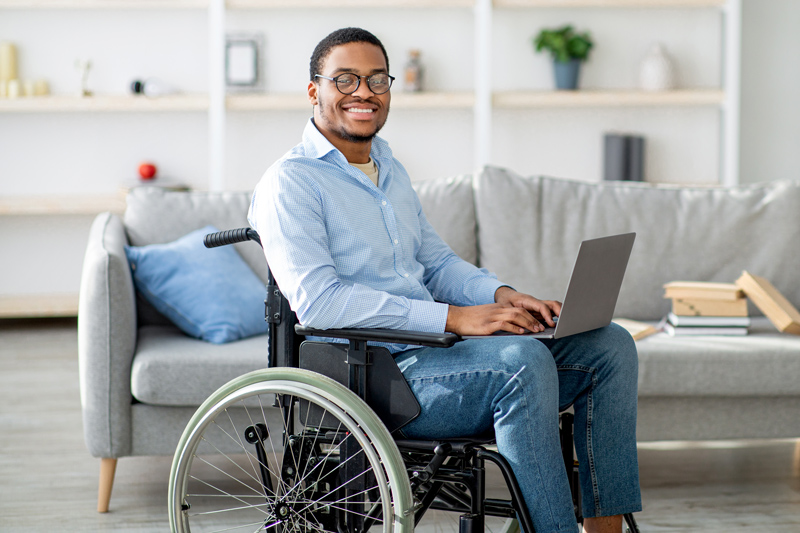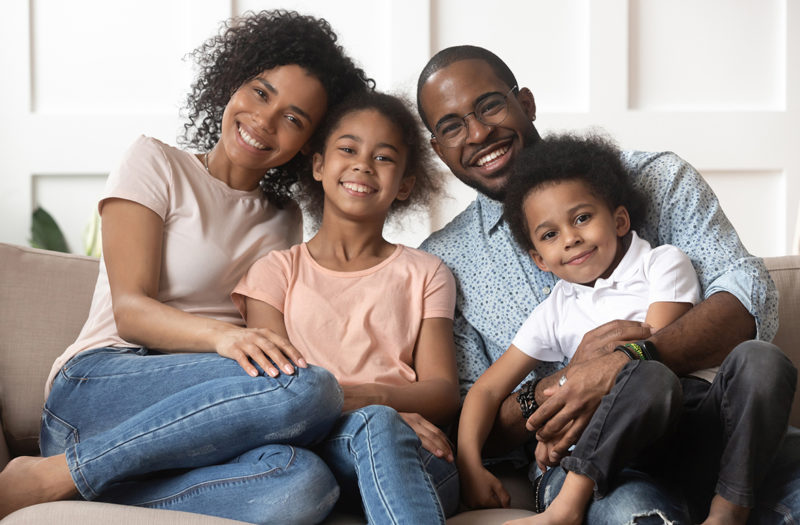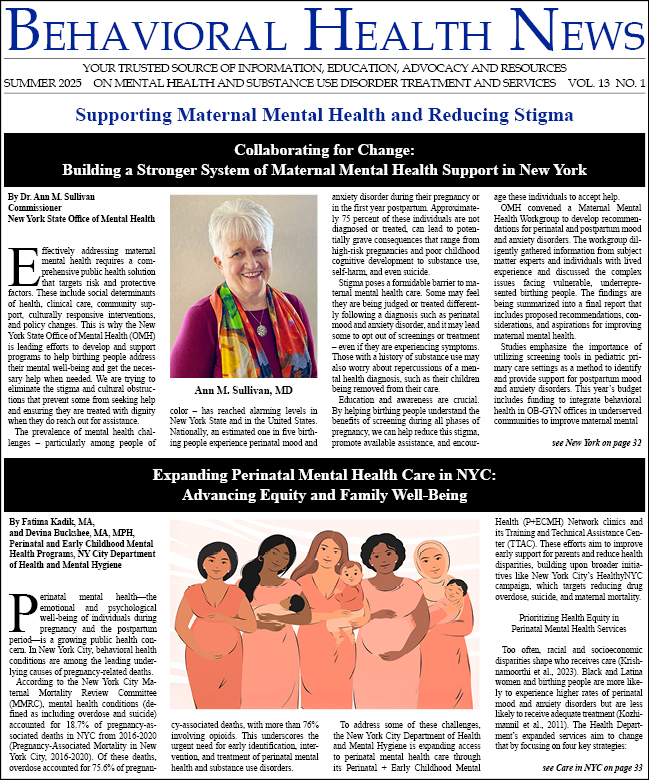Young disabled organizing today exists in the context of a deep-rooted tradition of reclaiming oppressive and inaccessible spaces into sites for liberation. The Disability Critical Race Studies (DisCrit) framework, as outlined by Stanford scholar Dr. Subini Annamma, posits that racialization is a disabling force. Thus, the social constructions of race and disability are deeply intertwined. This position acts of resistance and organizing that have taken place in carceral spaces, including ghettos, concentration camps, and prison cells, as acts of disability justice.

It is this history of resistance–through organizing, fighting, caregiving, reconnection with decolonial traditions, and often even mere survival–that provides the foundation for disabled youth to combat systems of oppression and advocate for accessibility through the reclamation of the very spaces that often exclude them. The story of the reclamation of an inaccessible structure to advance inclusion is documented in the critically acclaimed documentary Crip Camp, which tells the story of a group of disabled youth who organized an accessible summer camp in 1968. Campers and counselors worked together to ensure everyone’s accessibility needs were met, creating a radically inclusive haven. It was a glimpse into the possibility of a more just future for disabled youth, and it stood as proof that it is indeed possible to change society to allow disabled young people to participate in the activities they were systematically excluded from. The modes of communal care and interdependence practiced at Crip Camp, from collective decision-making to inclusive art-creation to the centering of mental well-being, all have roots that trace back to the resistance, survival, and decolonial traditions of the racialized and disabled communities most harmed by the systems of ableism and white supremacy that reify the power-hierarchies in place today—the root cause behind the chronic inaccessibility that continues to plague society.
Many former campers featured in Crip Camp went on to engage in other reclamatory acts of organizing: blocking off inaccessible New York City streets with wheelchairs or occupying state and national capitals to advocate for the passage of legislation like Section 504 and the Americans With Disabilities Act. All of these demonstrations took inaccessible elements of society—summer camps, streets, and buildings—and reclaimed them as sites for liberation. Structures that were once staunch reminders of systemic oppression became sites for collectivization and empowerment to address the factors that perpetuate that oppression in the first place. These actions made the world more just for disabled youth as they led to the enactment of policy change, dissemination of knowledge, and advancement of inclusion via cultural shifts.
Disabled youth today are following suit, adapting their reclamatory disability justice praxis to a world where many structures that define daily life exist in the digital realm. In fact, disabled youth are building communities in virtual spaces to enact change and make organizing more accessible. The organizing tactics often used around the world today, from protests to community-building to campaigning, all have foundations in the work of the aforementioned disabled and racialized communities forced into carceral realities. However, this organizing—in an act of cruelly ironic injustice—is often inaccessible. Mass organizing events often pose a risk for immunocompromised members of the disabled community. Marches, teach-ins, and even artistic demonstrations are often inaccessible for those with communication, intellectual processing, and mobility-related disabilities.
Disabled youth are responding by creating radically accessible organizing spaces online. They are moderating virtual panels that include accessibility tools like re-speaking, transcripts, and ASL interpreters. They are leading knowledge dissemination campaigns written in accessible language, building radically inclusive communities, and practicing interdependence and communal care through online forums. They are engaging in communal care and promoting collective mental well-being throughout their organizing efforts.
Additionally, the incorporation of digital modes of communication into already-established organizing networks has allowed disabled youth to contribute to organizing spaces they have long been excluded from. For instance, disabled young people have long lacked recognition in student-led political organizing networks that advocate for the passage of legislation that advances disability justice, such as the High School Democrats of America (HSDA). The coalition was founded in 2005, and its student leaders have supported disability-rights-related policies since its inception, but disabled youth themselves did not have formal decision-making power and representation within HSDA’s structure until the disabled caucus was founded in 2024.
As current HSDA disability caucus Communications Director Ariana Zafrin explains, online organizing allows for both the formation of the caucus and the sustainment of its programming. In January of 2025, Zafrin planned, executed, and organized an entirely virtual panel that connected HSDA disability caucus members to mental health policy activists, drawing on previous experiences conducting outreach on social media to connect with panelists, circulate promotional materials, engage in the coordination and community-building necessary to conduct the event and extend the conversations about the interconnectedness of mental health and disability justice into ongoing organizing efforts.
Zafrin also shared that online advocacy spaces have provided her with access to the framework and language of disability justice itself; she has found representation of otherwise-isolating experiences, and this has empowered her to continue to work relentlessly to make the world a better place for her generation. It is absolutely essential to collaborate intergenerationally to protect and uplift access to these digital organizing spaces and allow youth like those at the helm of the HSDA Disability Caucus to continue to have a voice in youth leadership. Young disabled organizers have been leading the charge for social justice throughout history, and virtual platforms will allow them to continue to do so in an increasingly digitized future.
Sophie Szew (she/they) is a youth mental health advocate, writer, and Junior at Stanford University. She was appointed by the Secretary of Health and Human Services to advise the federal government on mental health policy as the youngest member of the Substance Abuse and Mental Health Services Administration (SAMHSA) National Advisory Council. Sophie’s storytelling first gained national recognition during the MTV Mental Health Youth Action Forum at the White House, where she met with President Biden and his administration to advocate for systemic mental healthcare justice. Sophie’s lived experience, expertise, and activism have also led them to advise numerous organizations on youth mental health issues, including Mental Health America, Born This Way Foundation, the National Alliance on Mental Illness, and Project Unloaded. In March of 2023, she testified in front of the California State Senate about the need to hold social media platforms accountable for harming youth, and since her social media advocacy has been covered by the Today Show, the LA Times, NBC, CBS News, and has landed her a spot on the 2025 Forbes 30 Under 30 Social Media List. Sophie combines her calls for policy change with poetic storytelling, serving as the inaugural poet for LA Mayor Karen Bass.







